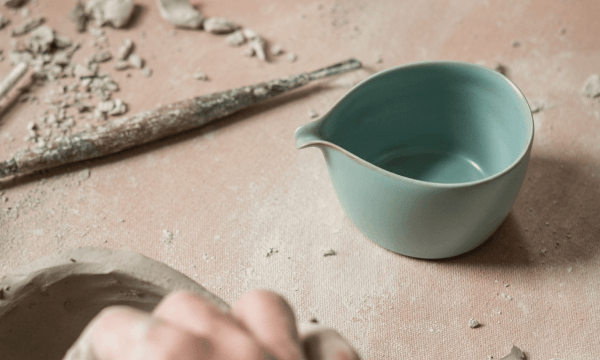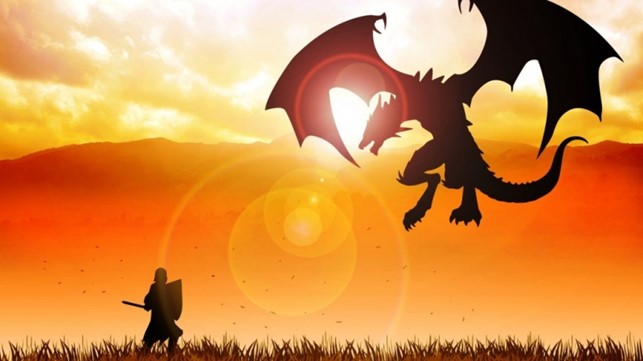tea and its surroundings, Tea Legend
Oolong tea: black dragons and other legends
What are oolong teas?
The oolong tea category is extremely fascinating, as it houses within it teas with very different fragrances and flavors: ranging from teas from the most delicate and floral to the most intense and roasted. What is all this variety due to?
Oolong is a semi-oxidized tea, that is, it undergoespartial oxidation that can be low (10-25%), medium (30-50%) or high (60-80%), leading to very different organoleptic results. The more the tea is allowed to oxidize, the more it will take on the characters of a red tea with enveloping, roasted and sweet notes. The low-oxidation oolongs, on the other hand, have more delicate and floral notes reminiscent of the freshness and elegance of green teas.


What does “Oolong” mean?
This word is an alternative Western transliteration of“Wu Long,” which means“Black Dragon” in Chinese. And as is often the case in the world of Chinese tea, there are many legends that cloak the birth and name of this type of tea in mystery.
The Legend of the Black Dragon
The story goes that under the Ming Dynasty (1368 – 1644), a farmer intent on harvesting tea in his garden came face to face with a huge black dragon, an auspicious symbol according to Chinese culture. Terrified, the man fled on the run, leaving the day’s harvest at the dragon’s mercy. The next day, returning to the same spot where he had encountered the dragon, the farmer noticed that the green tea leaves abandoned on the ground had taken on a strange but fascinating coloring: jade-colored with gold tips at the ends. Intrigued, he took them home and infused them, brewing a tea that turned out to be delicious and which, in honor of the black dragon who had contributed to their transformation, was called Wu Long tea.
A distracted warrior
There is another legend about the birth of this tea that tells the story of a Chinese man named “Drago.” Drago was a skilled dark-skinned warrior who went hunting one day, carrying green tea with him. Spotting a deer, he set out in pursuit of the animal, not caring too much about the tea leaves he was carrying. At one point, feeling fatigued, the warrior stopped for a short rest and to indulge in a drink of tea: he discovered, however, that the leaves-subjected to bumps and jolts during the eventful hunting trip-had partially oxidized, taking on coppery hues. Drago was undeterred and tasted the tea anyway, finding it delicious: the liquor now had a renewed sweetness and an enveloping fragrance that made him enthusiastic. From then on that semi-oxidized tea spread and was named Wu Long, precisely in honor of Drago, a skilled dark-skinned warrior.
Oolong tea: a name written in the leaves
Finally, there is perhaps a more practical reason that may have led to the choice of the name Wu Long and that refers specifically to the high-oxidation oolongs (60% and above).
If we look closely at the leaves of a Shui Xian, magnificent rock oolong from the Wuyi Mountains, we can see how they are brown, almost black in color, and have a coiled, long, sinuous shape. Don’t they remind you of the coils of a black dragon, too?








